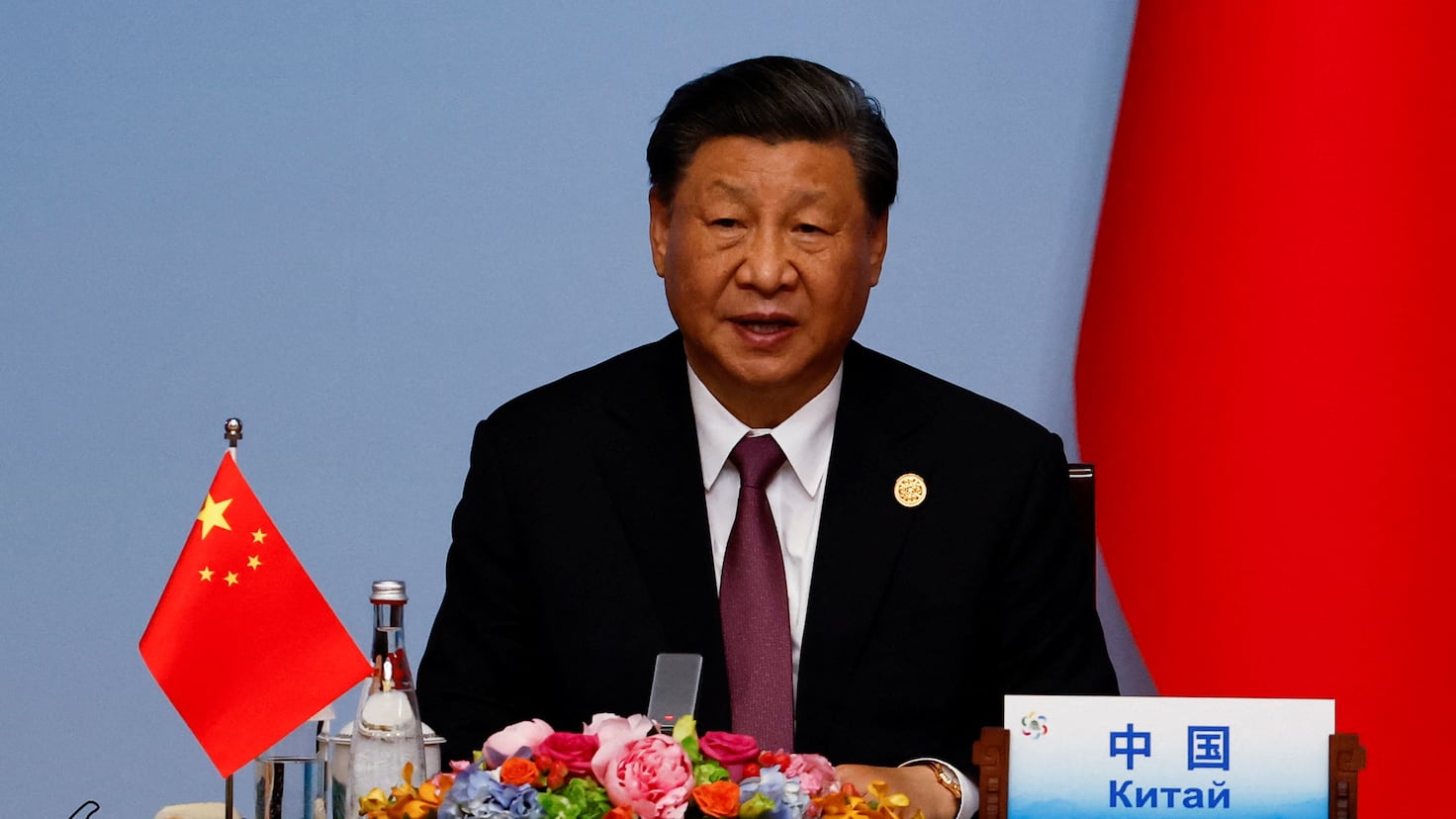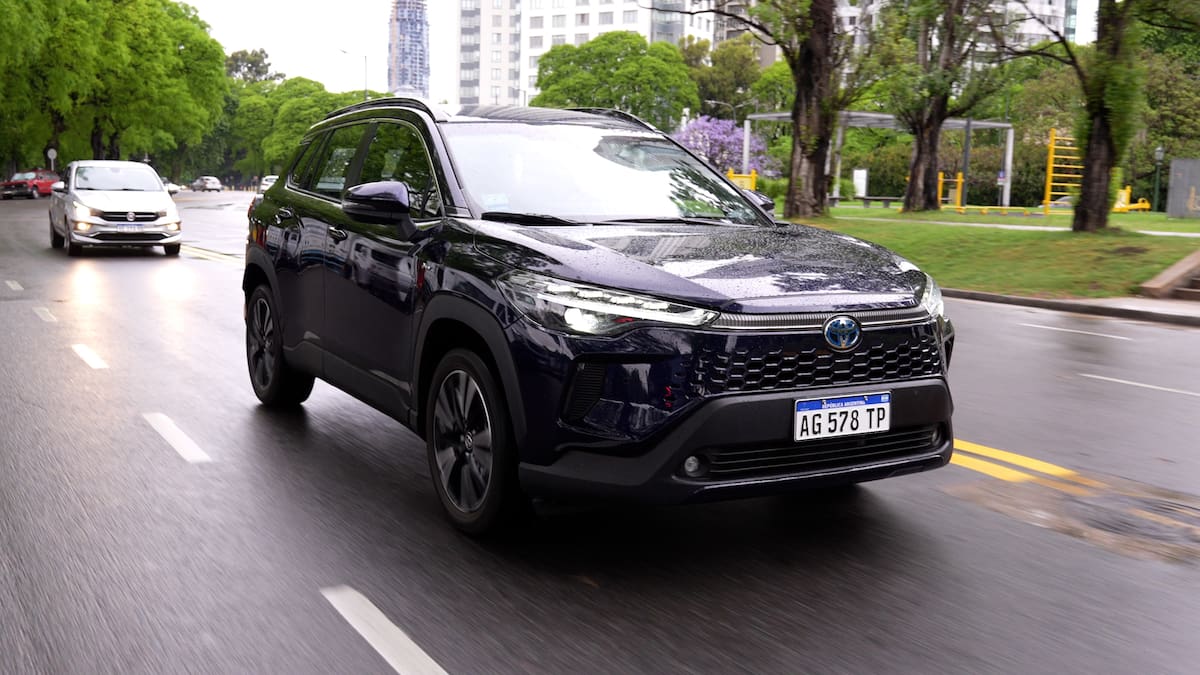China's 'Blackout Bomb': A New Era of Non-Lethal Warfare?

China has recently showcased a potentially game-changing weapon – the “graphite bomb,” also known as the “blackout bomb.” This sophisticated technology doesn't inflict physical harm but instead plunges entire cities into darkness, effectively paralyzing infrastructure and disrupting daily life. While classified as a 'non-lethal' weapon, the implications of such a capability are far-reaching and raise significant questions about the future of warfare.
How Does the 'Blackout Bomb' Work?
Unlike conventional bombs that rely on explosive force, the graphite bomb utilizes a payload of graphite fibers. When deployed, these fibers spread across a wide area, effectively coating power grids, communication lines, and other critical infrastructure. Graphite is an excellent conductor of electricity, but its primary effect here is to short-circuit electrical systems. The sheer volume of graphite released creates widespread electromagnetic interference (EMI), disrupting power generation, transmission, and distribution. This leads to a cascading blackout, impacting everything from hospitals and transportation to communication networks and financial institutions.
Beyond the Blackout: Strategic Implications
The strategic advantage of the graphite bomb lies in its ability to cripple a nation's ability to function without causing mass casualties. It offers a way to exert pressure and control without resorting to lethal force, potentially avoiding escalation in conflicts. Imagine the impact on a modern, digitally-dependent society – the disruption to communication, the chaos caused by traffic signals failing, the inability to access emergency services. The psychological impact alone could be devastating.
China's Capabilities and Motivations
While the exact scale and sophistication of China's graphite bomb program remain classified, the public unveiling signals a significant advancement in their military technology. Analysts believe this development is driven by a desire to enhance China's strategic capabilities in the Asia-Pacific region and beyond. It also aligns with a broader trend in military development towards non-lethal or 'low-intensity' warfare options. The weapon could be used in a range of scenarios, from asserting control over disputed territories to disrupting enemy operations during a larger conflict.
Concerns and Ethical Considerations
Despite being classified as 'non-lethal,' the graphite bomb raises serious ethical and humanitarian concerns. While it avoids direct casualties, the disruption caused by a prolonged blackout can have indirect and potentially life-threatening consequences. The impact on vulnerable populations, such as the elderly, the sick, and those dependent on medical equipment, is particularly worrying. Furthermore, the weapon's potential for misuse and the difficulty in attributing responsibility for the resulting chaos raise complex legal and political questions.
The Future of Warfare?
China’s demonstration of the graphite bomb underscores a shift in modern warfare – a move towards technologies that can disable and disrupt without necessarily destroying. As nations invest in these capabilities, the nature of conflict will likely evolve, with a greater emphasis on cyber warfare, electronic disruption, and precision targeting of critical infrastructure. The 'blackout bomb' is a stark reminder of the vulnerabilities of our interconnected world and the need to develop strategies to mitigate these risks. It’s a new chapter in the evolving landscape of international security, one that demands careful consideration and proactive planning.






